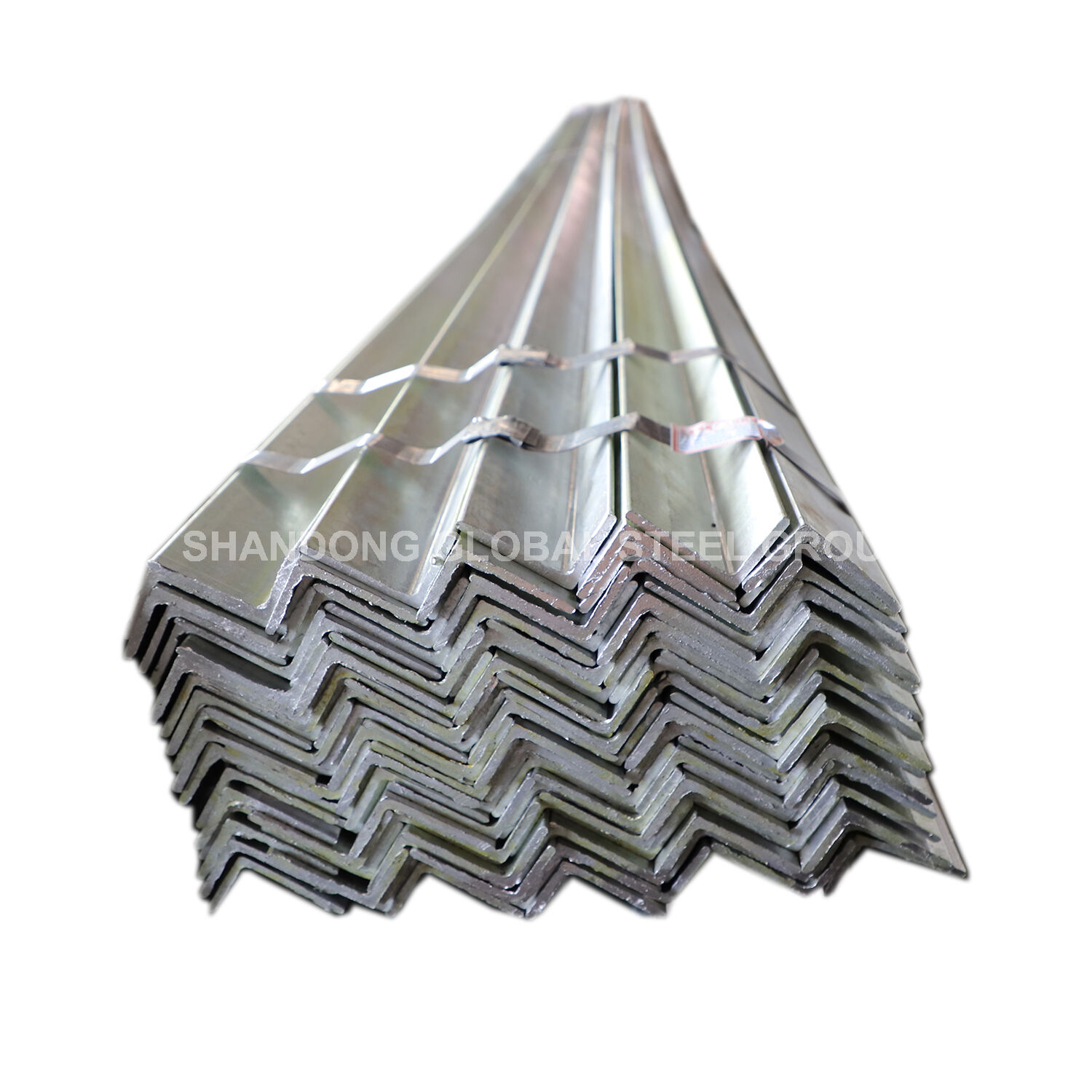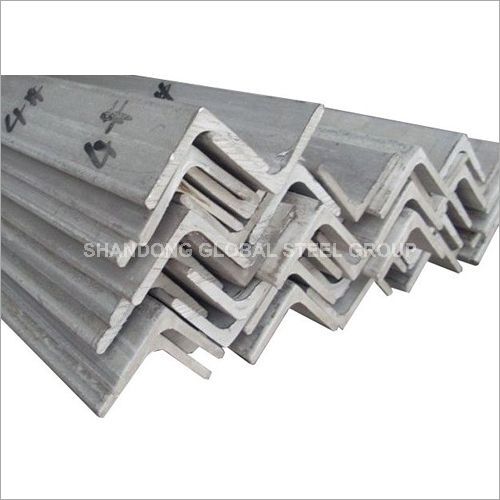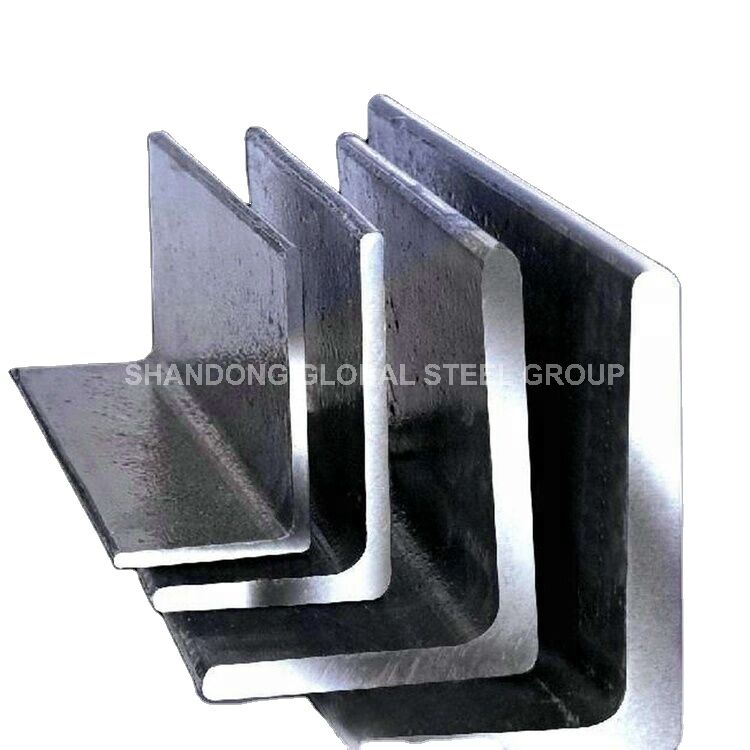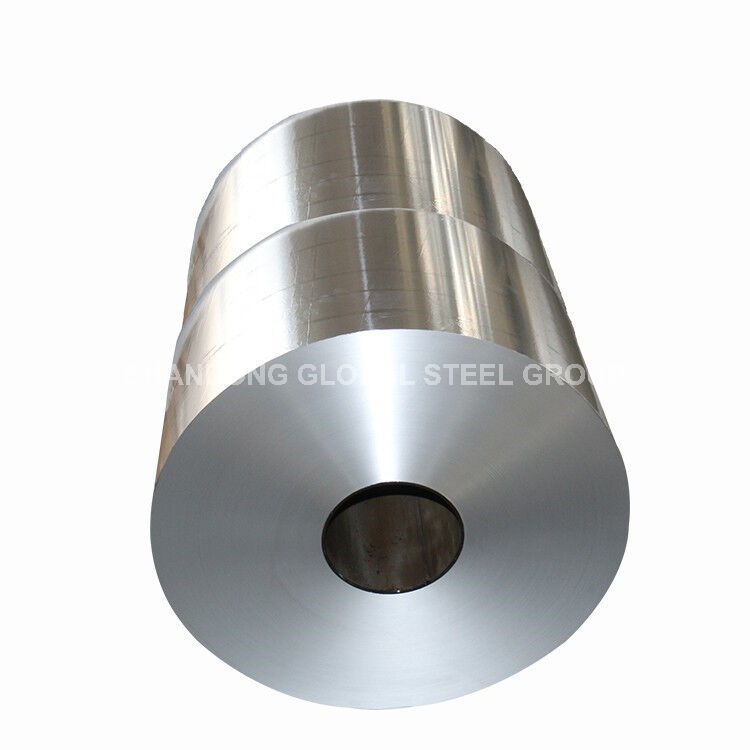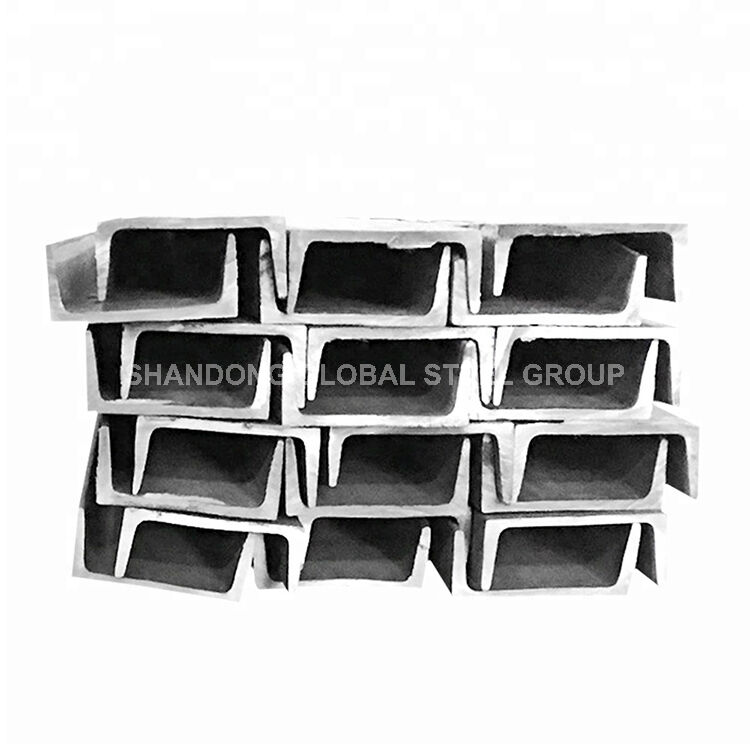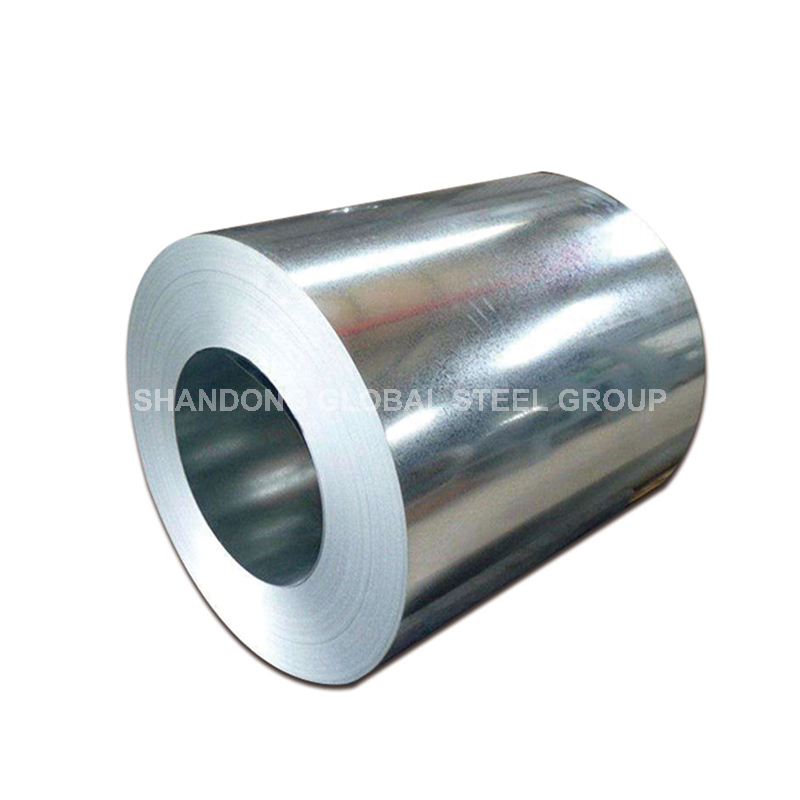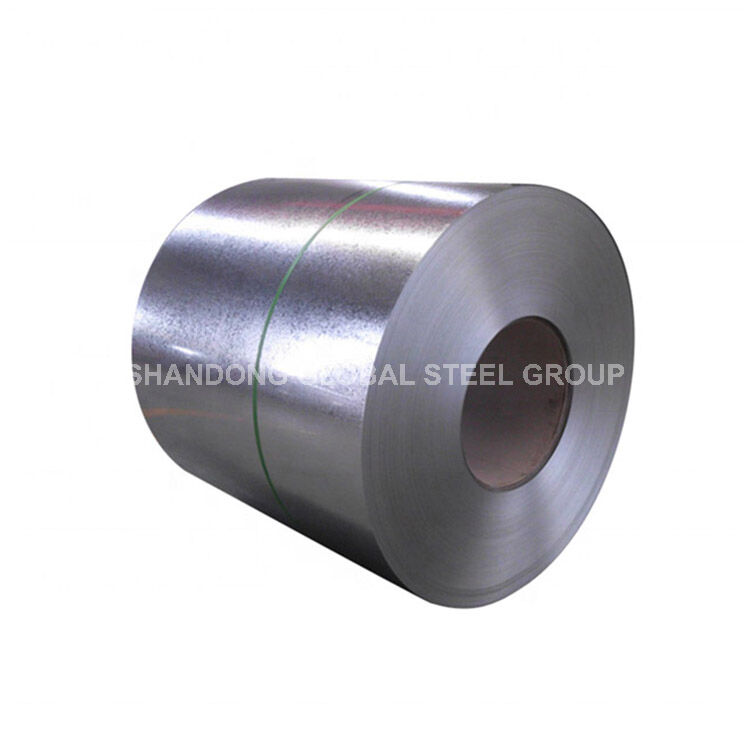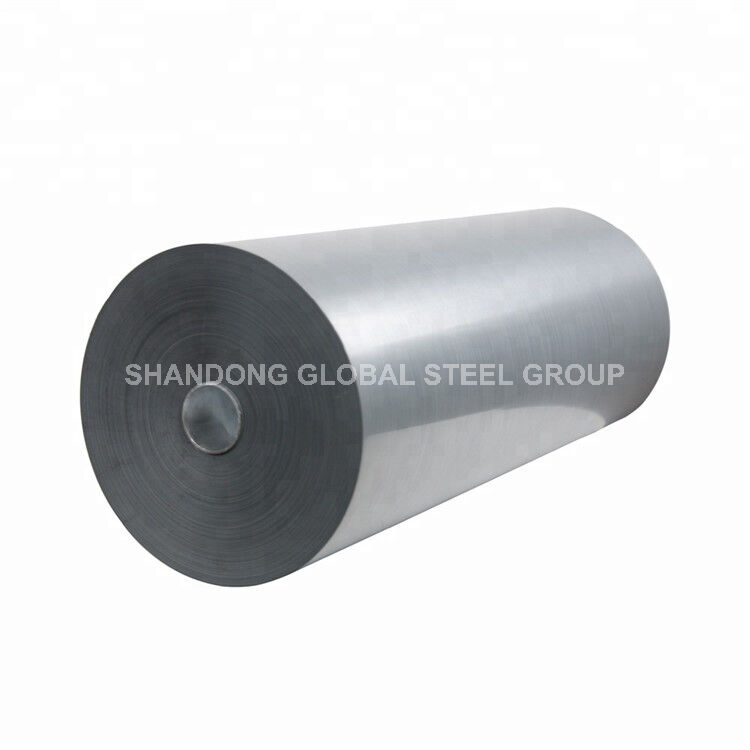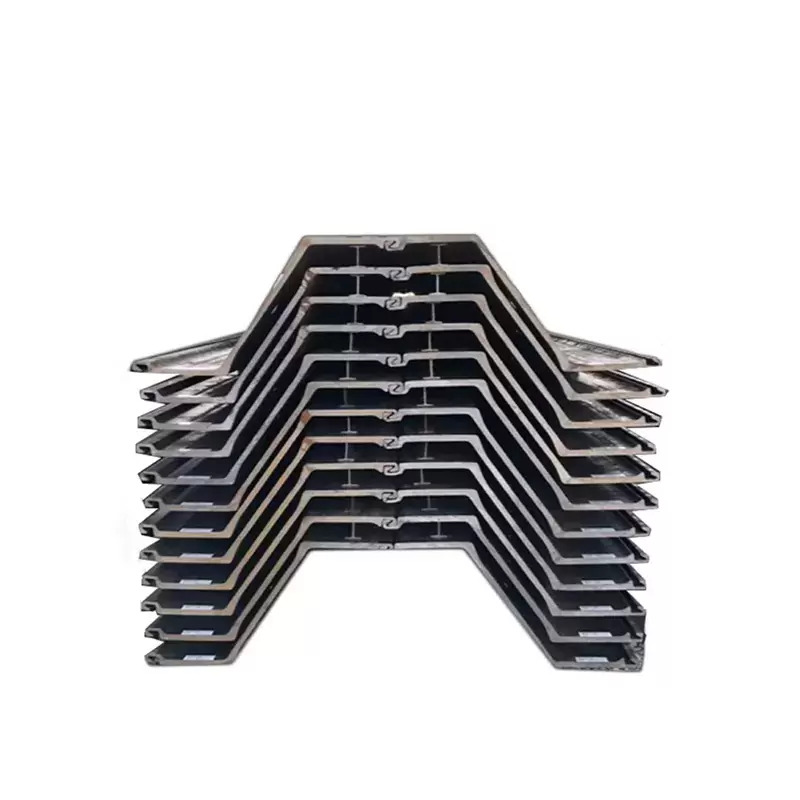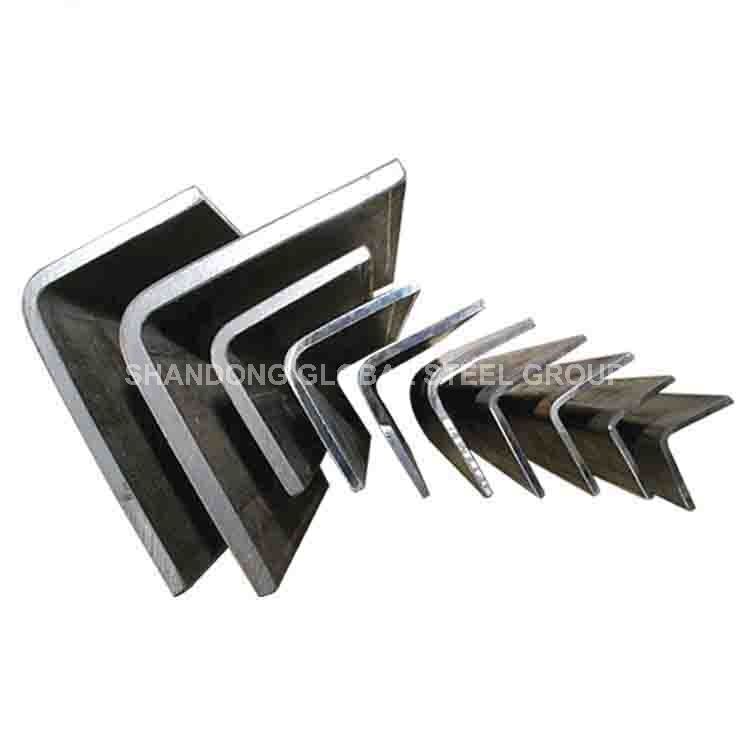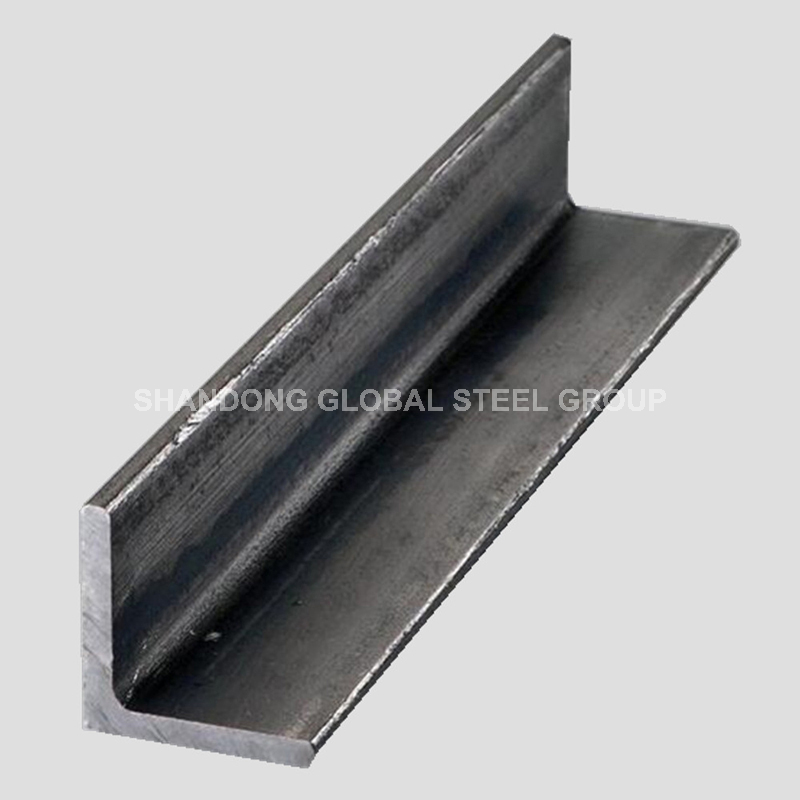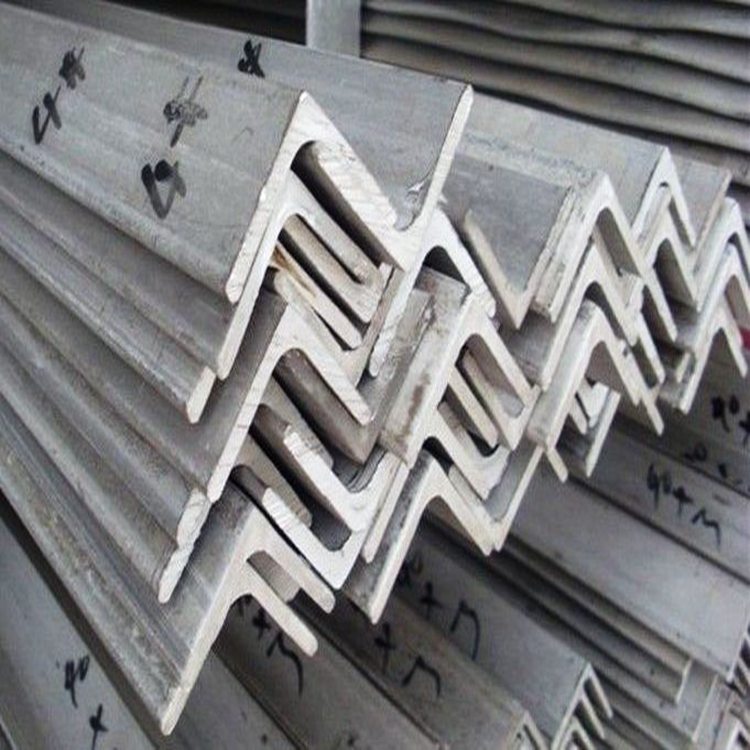Product Description
A36 steel angles have a wide variety of uses, but are most commonly used as components in buildings and bridges. These angles are formed from a lightweight, hot-rolled, low-carbon steel alloy that features excellent weldability.
A36 steel angles are versatile, affordable, and sturdy. Formed as an alloy of manganese (1.03%), silicon (0.28%), carbon (0.25-0.29%), copper (0.2%0, sulfur (0.5%), and phosphorous (0.4%), these angles feature a yield point of 36,000 psi and a tensile strength of 58,000 psi. Their melting point stands at 2600F, and their Brinell Hardness reading is 133.
Product description:
· Item: A36 steel sngle.
· Specification: DIN17100.
· Surface treatment: hot-dipped galvanization or pre-painted or as required.
· Technical: hot rolled.
· Type: equal & unequal.
· Equal A36 angle steel size:
§ Size: 20 × 20 mm to 200 × 200 mm.
§ Thickness: 3 - 35 mm.
§ Length: 6 m, 9 m or as required.
· Unequal A36 angle steel size:
§ Size: 30 × 20 mm to 250 × 90 mm.
§ Thickness: 3 to 10 mm.
§ Length: 6 m, 9 m, 12 m or per your request.


Product applicaiton

Product package

Message
Products Recommended
Chat Online

